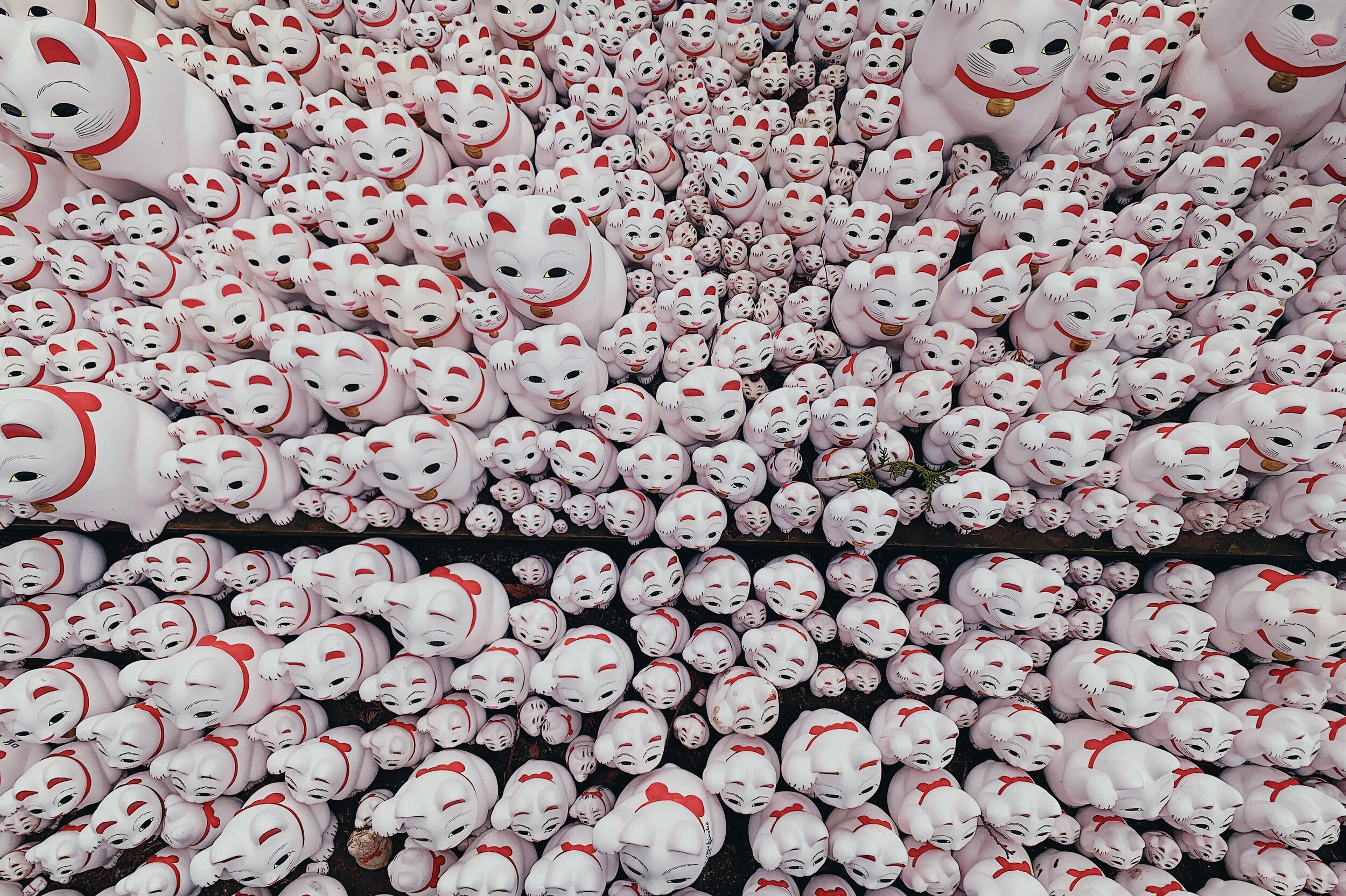Kawai Kanjiro’s House — Kyoto, Japan
Hard to find but delightful to linger in, Kawai Kanjiro’s house in Kyoto is the best place to spend a winter’s afternoon.
From the outside, the house looks like any other in Gojōzaka, in eastern Kyoto. The façade, with its wooden lattices and sliding doors, gives nothing away. But stepping through its narrow hallway leads into one of the hardest to locate Mingei museums.
The Mingei movement’s philosophical pillar is the “hand-crafted art of ordinary people”. It embraces the beauty in the everyday, utilitarian objects made by the unknown craftsman. Something somewhat ironic, as Kawai Kanjiro became one of the most famed artists, even if he rejected all accolades and official honours during his lifetime.
The inside of the house, where Kawai lived in for 46 years, is a blend of western and easter living styles. The layout and rooms are Japanese, with tatami floors, open fireplaces, and sliding shoji panels. But there is a couple of western style furniture, amidst the artist’s enigmatic sculptures of oversized hands and cats.
The artist’s aesthetic sensibilities shine through, from the decoration to the freshly cut flowers in every vase. And while everything is artfully displayed, none of the spaces feels like a museum. Instead, the house has a peaceful and warm atmosphere; It is a place for contemplation and creation.
To escape one of Kyoto’s cold and wet days, I sat for a while in one of the rooms leafing through a book of Japanese Ceramics. The museum’s cat laid languidly at my feet by the open fireplace, oblivious of the rain that hit the stones in the garden.
While the two-story house invites the visitor to linger, the best section of the museum is the ceramic studio and the kilns at the back of the house. Known primarily as a potter, Kawai worked with Hamada Shōji and Bernard Leach on several times of his life and moved to Kyoto to start his pottery factory.
The halls leading to the workshop are filled with display cases with ceramics, wood carvings and calligraphy pieces. Overlooking the garden, there’s a small kiln used for bisque ware pieces – the first firing of earthenware – before walking into the studio. Inside there are two foot-powered wheels, meaning the potter is sitting down kicking the bottom part of the wheel so the top can rotate while shaping the clay. An array of neatly organised tools, brushes and ceramic stamps, and some finished pieces on display complete the room. The atmosphere is like a small fragment of frozen time when everything was in its place before Kawai walks through the doors to start creating his beautiful pieces.
The second kiln, a noborigama kiln nicknamed Shokei-Yo, occupies the entire back of the house. Much bigger than regular kilns, it follows the traditional Japanese style, using a slope to build consecutive chambers, each higher than the others. It reminded me of a sleeping dragon curled up behind the workshop, waiting to use its fiery breath.
Each firing in this kiln required at least 30 kg of wood, lasted up to 12 days and the temperature could reach 1350°; No wonder Shokei-Yo was used a co-op by at least twenty groups.
As a ceramic enthusiast, I spent a great deal of time exploring this area of the museum. Going up and down the kiln slope, together with a group of Japanese ladies who, certainly shared the same curiosity but, alas, spoke no English. But in one of the tomes around Kawai’s house, I read an interesting fact about the noborigama kiln; The finishing it gave to the pieces, was more important than the fact that it could be used by several artists at the same time.
With such high temperatures, the release of ash and volatile salts reacted violently with the glazes, giving each piece a significant variation in colour, texture, thickness, ranging from smooth and glossy to rough and sharp. The placement of the pieces in the chambers also affected the pottery’s appearance!
But the most curious thing about the kilns might be the blessed amulets hanging from them, and the adjacent Shinto shrines. I dare say that Kawai might have shared my philosophy when it comes to firing; Once a piece goes in, it’s in the hands of the kiln gods.

























